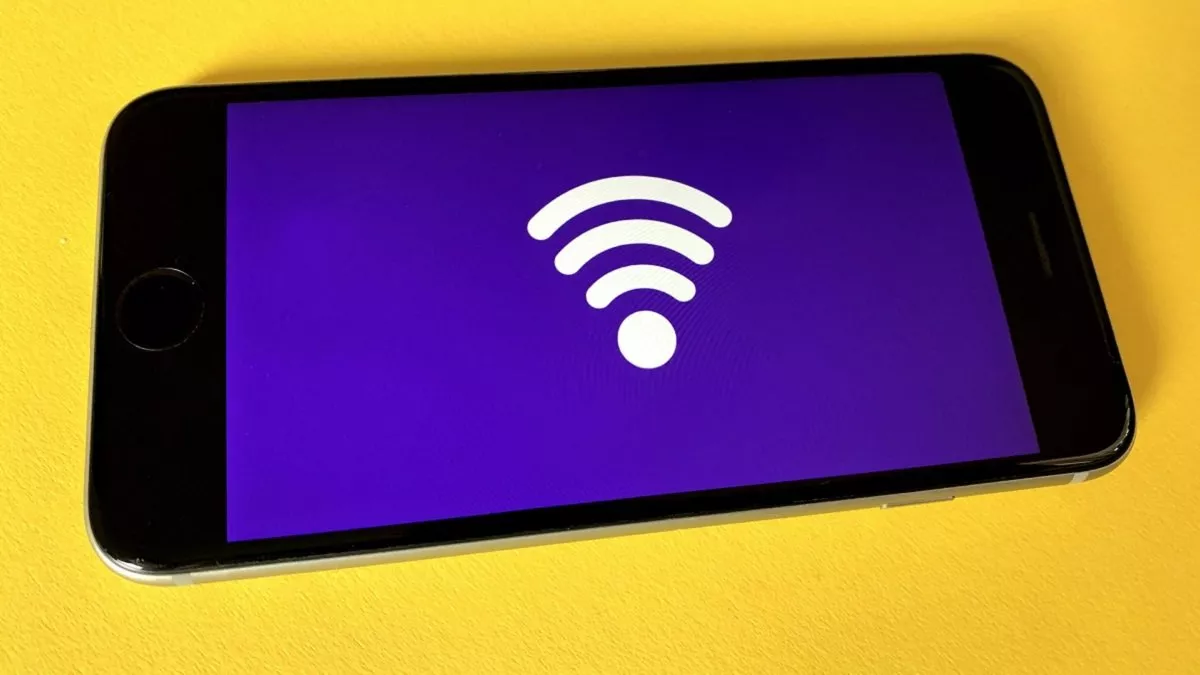What Is 5GHz WiFi? Here’s What You Should Know

5GHz WiFi is a short-range network that works on the namesake band or frequency. It offers significantly faster network speeds than 2.4GHz WiFi. To achieve this, it uses a broader bandwidth than its 2.4GHz counterpart.
In ideal conditions, 5GHz can offer speeds of up to 1300Mbps, which is way more than the 600Mbps speed offered by its alternative under similar conditions.
However, it is important to note that ideal condition speeds are not feasible in standard home networks. But still, they give an overview of the performance gap between these two WiFi frequencies.

With the launch of the 802.11n standard for routers, 5GHz frequency in the home network gained popularity. This has gradually increased, especially in the past 5-6 years. This WiFi band is now the preferred choice for activities that require a high-speed network, such as gaming or watching 4K videos.
It’s worth noting that this comparatively higher speed comes at the cost of having a smaller network range than that of the 2.4GHz band. The 5GHz WiFi is also likely to suffer in areas with many walls, doors, and other barriers. This is because it uses a shorter wavelength than the 2.4GHz band and can’t pass through many obstacles.
Anyway, if you have a repeater lying around, you might be able to use it to strengthen the 5GHz signal and cover multiple rooms. But generally, it isn’t the most suitable network option in a physically crowded place.
Routers That Support 5Ghz WiFi
Dual-band routers support both WiFi bands at the same time. You can connect multiple devices to the 2.4GHz band while pairing others with over 5GHz. Conversely, single-band routers only support 2.4GHz for your home network.
Furthermore, certain pricey tri-band routers provide two 5GHz bands and one 2.4GHz band. This combo of 5GHz bands helps those who perform heavy-duty network tasks on multiple devices.
For the average home, a dual-band router should suffice. You can connect your smart electronics and other light gadgets to the 2.4GHz band. On the other hand, gaming consoles and smart TVs that rely on lightning-fast network access can operate on a 5GHz band.
If you like this simple explainer, check out our Short Bytes section. We take complex tech topics and break them into short, easy-to-understand articles.






